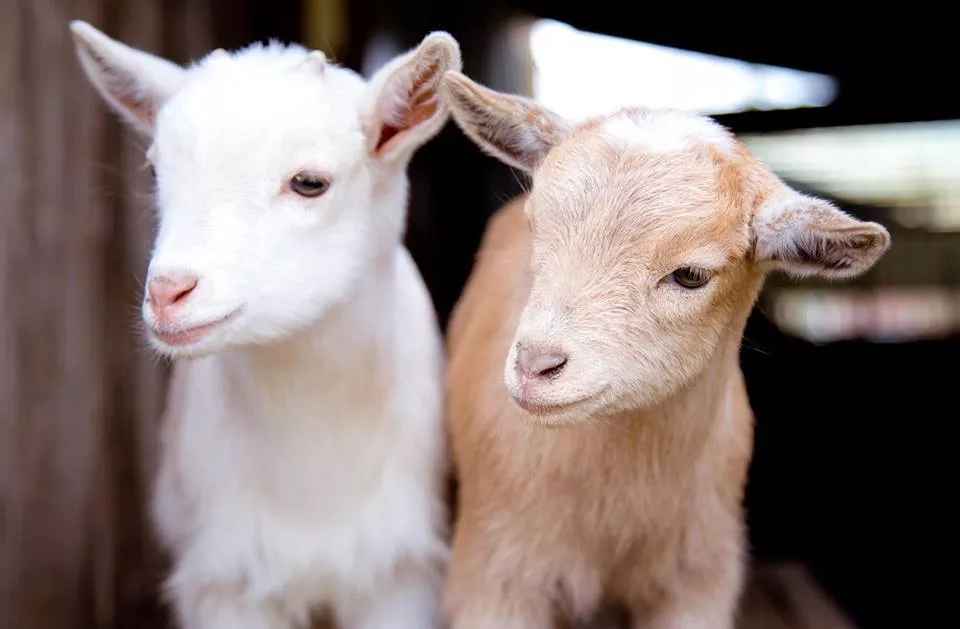HELPFUL ARTICLES
ARTIFICIAL BREEDING IN GOATS
Dr. Stephen Angelos, DVM, DACVIM

Have you ever considered breeding your goat but weren’t sure what to do about finding a buck? This is a common question for many of LAMA’s goat herd owners when they are considering expanding their herd. There are many things to consider before starting a breeding program, and selection of a buck is only one of them. However, when some owners start to think about buck selection, the logistical issues of getting their doe bred, and disease control during the process, things can start to become overwhelming. Some serious diseases can be transmitted by direct sexual contact. In addition, bringing a doe to be bred at a distant location can also be an issue—are the premises safe for the doe? Are there diseases at the buck’s farm that may be spread to your animal or your herd? With diligence, these issues are not always a problem. However, another option that you should consider is artificial insemination using frozen semen. There are many big advantages to breeding artificially besides disease prevention. When using frozen semen, the information on the buck is already known in terms of physical and production traits that may improve the genetics of your herd faster. Depending on the breed, there are potentially many possible choices for buck selection: your selection is much greater than with natural breeding!
Breeding with frozen semen is more labor intensive in terms of monitoring heat activity in does. The main cost investment is in the cost and storage of semen, although some companies will ship a container with enough coolant (liquid nitrogen) to last a couple of weeks, making long term storage unnecessary. Once the cycling activity of a doe is known, it is easy to predict when frozen semen should be shipped. The process of breeding is relatively straight forward, but there are some technical steps that need to be followed to maintain the viability of semen once it is thawed for breeding. The actual breeding process is much quicker than the steps getting there: the cervix is identified, and semen is introduced to the correct location while the doe is in a milking stand. Pregnancy testing is usually done after 30 days using ultrasound, or a blood test. If you would like more information on artificial insemination in does, please call us!




